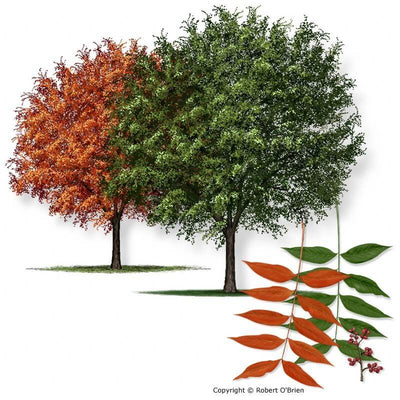Cherry Yoshino Flowering
Cherry Yoshino Flowering
Description: The Yoshino flowering cherry tree (Prunus x yedoensis), also known as the Japanese flowering cherry, is a popular ornamental tree known for its profuse display of white to pale pink blossoms in early spring, often before the leaves emerge.
Size: Yoshino cherries typically grow to be 40-50 feet tall and 25-40 feet wide at maturity. Yoshino cherries are relatively fast-growing, making them a good choice for quickly establishing shade or creating a focal point in a landscape
Best Growing Zones: Yoshino cherry trees thrive in USDA plant hardiness zones 5 through 8, making them suitable for the subtropical to temperate climates of the middle latitudes.
Soil Requirements: Yoshio cherry trees thrive in moist, well-drained soil. They do best in slightly acidic soil.
Maintenance: Fertilize lightly in the spring once the threat of frost has passed. Use a balanced, extended-release fertilizer. Fertilize again 6-8 weeks later to encourage denser foliage or faster growth of young trees. Prune lightly after the tree has finished flowering. Purpose of pruning is to remove dead, diseased, or damaged branches, and to promote desired shape and air circulation. Avoid heavy pruning, especially in the early years, as it can stress the tree. Regularly inspect the tree for signs of pests and diseases. Common pest: Aphids, borers, scales, spider mites, and tent caterpillars can infest Yoshino cherry trees. Common disease: root rot can be a concern, especially if the soil is not well-drained. Control measures: use appropriate pest and disease control measures as needed, such as horticultural oil, Bacillus thuringiensis, or fungicides.

